By Rita J. Egan
Dog Ear Publishing recently released John P. Cardone’s fourth book, “Waterviews: The Healing Power of Nature.” In his new book, the Ronkonkoma resident shares the wealth of knowledge he has gained from his kayak and nature photography adventures, more than 30 years of experience in health care education and his bout with cancer.
“Waterviews: The Healing Power of Nature” is a valuable resource for those who are looking to improve their health and well-being. The writer and photographer has written an easy-to-read, comprehensive guide where readers can learn about the health benefits of nature, the importance of calming one’s mind, how to foster the spirit of nature in children and more.
In addition to the author sharing his experiences and research, Cardone also includes photographs he has taken in various locations including Long Island sites such as Heckscher State Park, Cedar Beach, Carmans River and Little Neck Run, which are perfect examples of nature’s calming elements. Recently, Cardone took time to answer a few questions about himself and his latest venture.
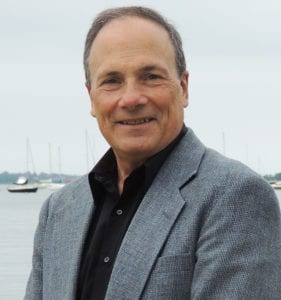
Tell me a bit about yourself.
For starters, I’m a lover of the outdoors, so I spend a good chunk of time kayaking the waters around Long Island, hiking and biking the paths around our parks and taking photographs of nature. For over 30 years, I have been an educator writing and producing health education videos working mostly for hospitals. I have always liked teaching and helping people learn more about good health. Over the last 10 years or so, I have been a teacher in a different way — teaching people about the health benefits of spending time in nature.
How did you get involved with writing?
My interest in writing started when I studied literature in college. I found I love to read — I still do. But professionally, I was writing videos and some print pieces on health topics. Then one day, while commuting home on the Long Island Rail Road, I closed the covers of a mystery book and it hit me … could I write a book? I accepted my own challenge and started to write on paper every day on the train home from work. Some years later, I self-published that story — “Without Consent.” The book got great reviews and is still sold on Amazon’s and Barnes and Noble’s websites.
You are also a noted photographer. Where has your work been exhibited?
I have been very fortunate to have my photos on exhibit around Long Island. And, I like to point out that most of the photographs have been taken while kayaking Long Island waters — a challenge, of course. They have been exhibited at art shows with the Northport Arts Coalition, the Good Ground Artists out of Hampton Bays, the Islip Arts Council, the Art League of Long Island, Levittown Library, Sachem Library and Connetquot Library among others.
How did you become interested in how nature plays a part in a person’s well-being?
My very first introduction to how nature can help people took place years ago when I was working on creating teaching videos with stress reduction and relaxation experts for a couple of hospital clients. These experts were teaching people how to use the images of nature and the outdoors to relax them during stressful times.
Then, there was my own firsthand experience while I was fighting my own battle with cancer. During the later stages of chemotherapy, when I was too weak to paddle my kayak or bike, my wife and I would take slow, gentle walks at Bayard Cutting Arboretum. In my “Waterviews: A Collection of Photographs, Thoughts & Experiecnes” book, I wrote about this in a section in Chapter 4 called, “Can a River Be a Friend.” During those walks I always felt better, and frequently forgot that I was ill, forgot that I was a cancer patient.

How has nature helped in improving your life in other ways?
I think nature has helped me with a positive, happy outlook on life. We’re all here on earth only a relatively short time. We can choose how we want to live — I choose to see the beauty and wonder of nature and let it inspire me. Sometimes, when I paddle my kayak deep into Yaphank Creek, a tributary off the Carmans River, I’m in an area untouched by man. What I see could very well be what Native Americans might have seen over 200 years ago. Those quiet moments, with a gentle wind blowing, and an occasional quack or chirp, recharges my batteries and prepares me for the next challenge.
How would you describe your book to someone who hasn’t read it?
I think the book’s subtitle is a good start: “A practical exploration of how nature can influence our health and well-being.” But then I would go on to explain that in our high-tech, hurry up world, spending time in nature can do wonders to help us calm our minds. I present many ideas and facts on how nature can improve our health. There are over 75 color photographs of nature, places to visit and ways nature can help us. There are also details about happiness and how spending time in nature can make a difference. I would tell anyone who has children in their lives that the book points out the importance of fostering the spirit of nature in children … to help them be connected and in learning ways to protect the earth.
You featured many spots on Long Island in your book. What are a few of your favorite places to visit on the island?
If I am walking or hiking, then the Bayard Cutting and Planting Fields arboretums come to mind, along with Avalon Park & Preserve in Stony Brook. If I am bicycling, then you’ll find me in the woods within Heckscher State Park in East Islip and the paths through Massapequa Park Preserve. If I am kayaking, then the lower portion of the Carmans River within the Wertheim National Wildlife Refuge and the waters near Orient Harbor and the Orient Beach State Park.
Tell me about the PowerPoint presentation you created to promote the book?
I created the presentation to teach people about the importance of being out in nature. It is based on the research I conducted over the last three years. Of course, the presentation is only a small part of what the book covers. I focus on a few of the major points; these include a section on what nature we are referring to and how much time we have to be in it, how nature can calm our minds. I address a few of the real health benefits; things like less sadness and depression, the ability to cope with stress and improved function of the aging brain. On the physical health side, things like lower blood pressure, better cardio-respiratory function and a boost to the immune system.
What are your plans for the near future?
For me, my work is just starting. The book is only one step on the path to help people fully understand how to connect (or re-connect) with nature and how doing that can benefit their health. So, over the next months I have booked a number of presentations on the topic, as well as a number of book signings and photo exhibits. The places, dates and times are listed on the events page of my website, www.WaterviewsBook.com.
I’m also expanding my photography classes. I teach at the Art League of Long Island and at the Islip Arts Council. I now offer an introduction and an advanced class on Waterscape & Wildlife Photography. Plus, there is a Photo Printing Workshop to help folks interested in printing high-quality prints. The classes are an important part of my work for they help people appreciate nature, as well as get them outside to study it and to capture the images they see.
“Waterviews: The Healing Power of Nature” is available on Amazon’s and Barnes and Noble’s websites.

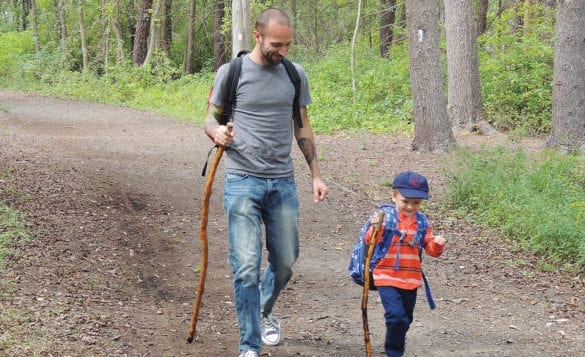
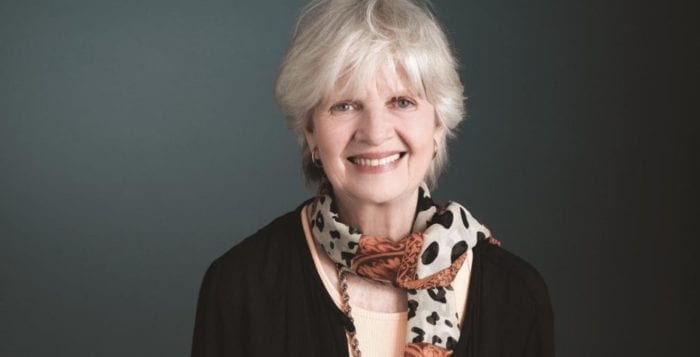
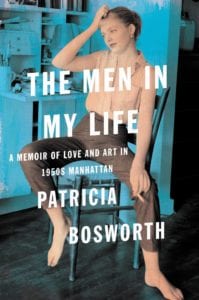
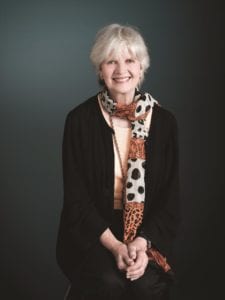
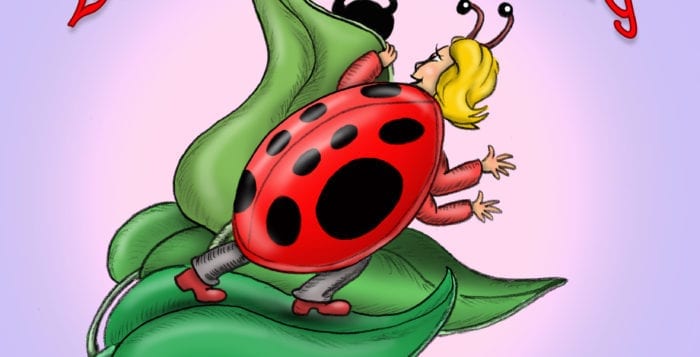
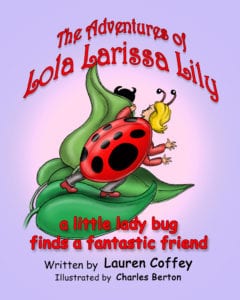 How would you summarize the book?
How would you summarize the book? 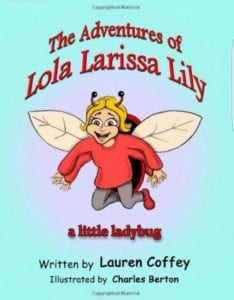
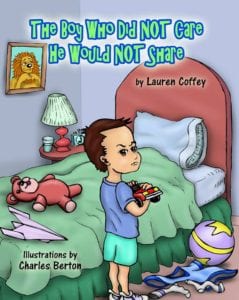
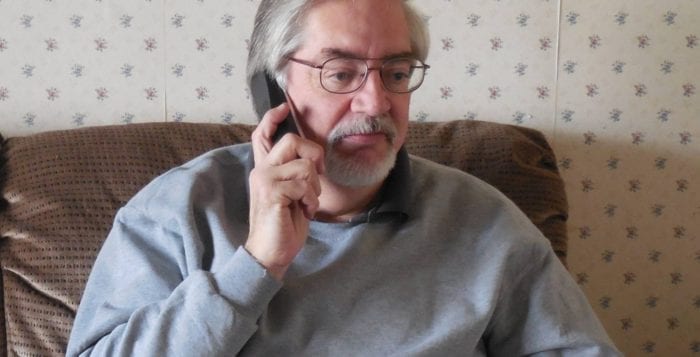
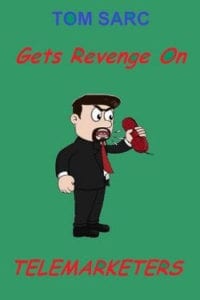
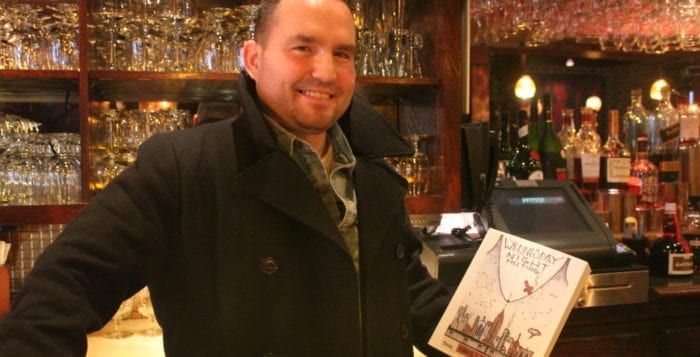
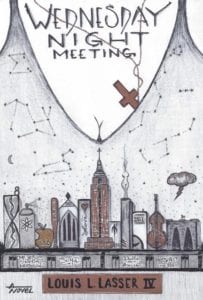 Tell me about ‘Wednesday Night Meeting.’
Tell me about ‘Wednesday Night Meeting.’ 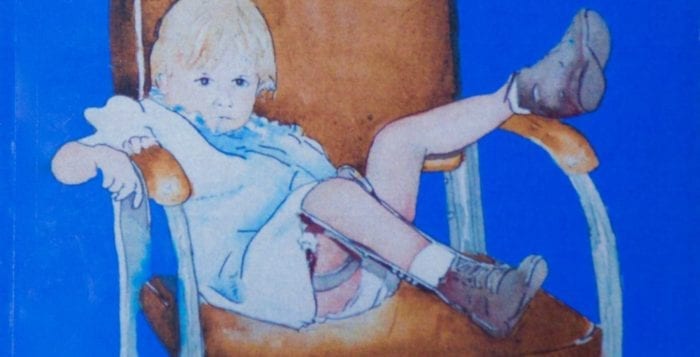
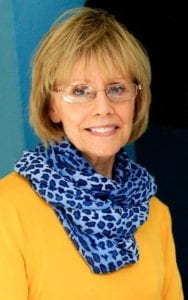
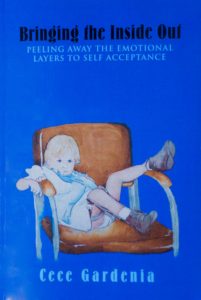 You also write in the book how Colette learned from “The Oprah Winfrey Show” that she had the “disease to please” syndrome. How did you overcome worrying about what everyone thought?
You also write in the book how Colette learned from “The Oprah Winfrey Show” that she had the “disease to please” syndrome. How did you overcome worrying about what everyone thought? 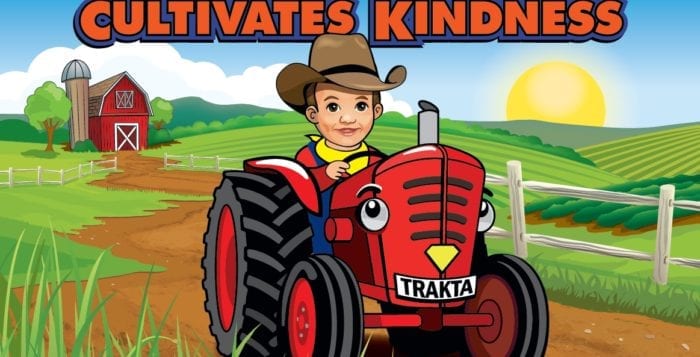
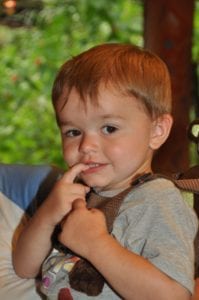
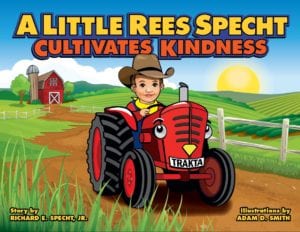 Believe it or not, the idea for the story actually came about because of a problem we had with our original logo for the foundation. The first 20,000 cards we printed had a picture of Rees dressed like Superman on the front. We were informed that using the image of Superman, regardless of who was in the costume, was a trademark infringement and could cause legal issues. We were devastated by this, and I struggled with how I could come up with a new logo that so perfectly fit our mission like the “Superman Rees” picture did. Then, out of the blue, the idea hit me: Rees loved tractors. It was one of the very few words he could use, and every time he saw one he would get excited and yell out “TRAKTA!!!” So, I realized that should be the focus.
Believe it or not, the idea for the story actually came about because of a problem we had with our original logo for the foundation. The first 20,000 cards we printed had a picture of Rees dressed like Superman on the front. We were informed that using the image of Superman, regardless of who was in the costume, was a trademark infringement and could cause legal issues. We were devastated by this, and I struggled with how I could come up with a new logo that so perfectly fit our mission like the “Superman Rees” picture did. Then, out of the blue, the idea hit me: Rees loved tractors. It was one of the very few words he could use, and every time he saw one he would get excited and yell out “TRAKTA!!!” So, I realized that should be the focus.
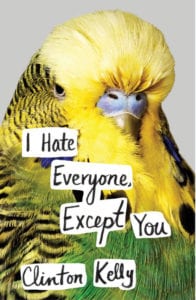 BOOK SIGNING: Port Jefferson Station native Clinton Kelly will appear at the Book Revue, 313 New York Ave., Huntington on Monday, Jan. 9 at 7 p.m. The Emmy award-winning television co-host of “The Chew” will be signing copies of his new book, “I Hate Everyone, Except You,” a hilariously candid, deliciously snarky collection of essays about his journey from awkward kid to slightly-less-awkward adult. For further information, call 631-271-1442 or visit www.bookrevue.com.
BOOK SIGNING: Port Jefferson Station native Clinton Kelly will appear at the Book Revue, 313 New York Ave., Huntington on Monday, Jan. 9 at 7 p.m. The Emmy award-winning television co-host of “The Chew” will be signing copies of his new book, “I Hate Everyone, Except You,” a hilariously candid, deliciously snarky collection of essays about his journey from awkward kid to slightly-less-awkward adult. For further information, call 631-271-1442 or visit www.bookrevue.com.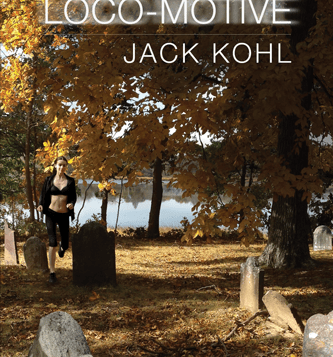
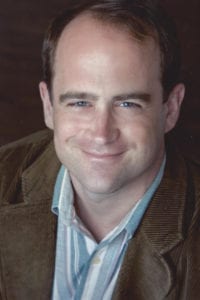
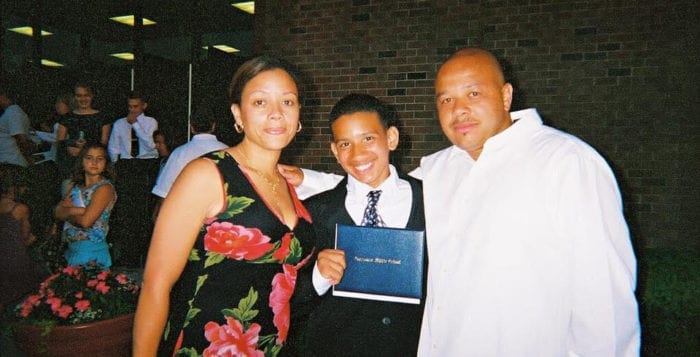
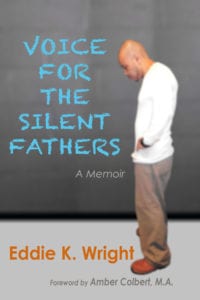 Despite a troubled youth, Wright reveals in his first book, “Voice for the Silent Fathers,” that his toughest obstacle in life so far was accepting the fact that his son was gay. Now 12 years into a 45-year sentence for conspiracy to distribute drugs, the author has spent the last few years using his time in prison to work on his issues and relationship with his son by writing. Due to the experience, which he describes as emotionally therapeutic, many of his fellow inmates have dubbed him “Gangster Turned Guru.”
Despite a troubled youth, Wright reveals in his first book, “Voice for the Silent Fathers,” that his toughest obstacle in life so far was accepting the fact that his son was gay. Now 12 years into a 45-year sentence for conspiracy to distribute drugs, the author has spent the last few years using his time in prison to work on his issues and relationship with his son by writing. Due to the experience, which he describes as emotionally therapeutic, many of his fellow inmates have dubbed him “Gangster Turned Guru.”


